- Each cannabis strain expresses its personality in a different way, this is why choosing the right trimming technique on a case-by-case basis is essential.
- These methods allow you to control plant growth, improve the yield and obtain an even crop when you grow different strains in the same growing area.
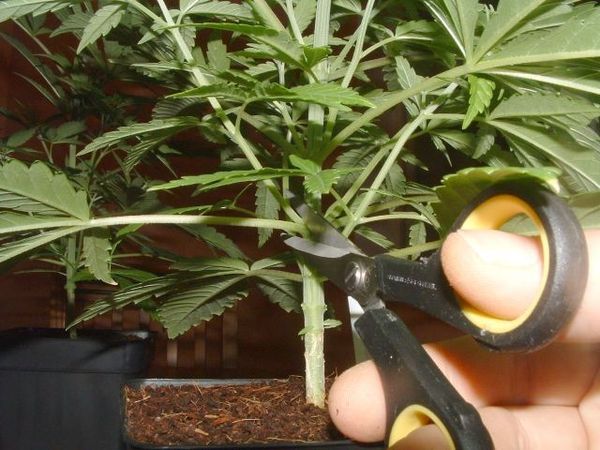
How and why to trim your cannabis plants
Most cannabis growers ask themselves this question at some point, particularly if they want to control the growth of a given strain, maximize the yield of their favourite seed in a small area or ensure a uniform crop when different strains are grown together. The chosen pruning technique will ultimately depend on the strain you are growing and on the results you expect to achieve.
Not all techniques are suitable for all strains, this is why you should choose your genetics not only according to your preference but also to the actual dimensions of the growing area. Pruning works well both for indoor and outdoor growing, but remember that safety and privacy are also to be considered in outdoor setups. Here is how to apply the different cannabis pruning techniques: pruning lower leaves, topping, FIM and super cropping.
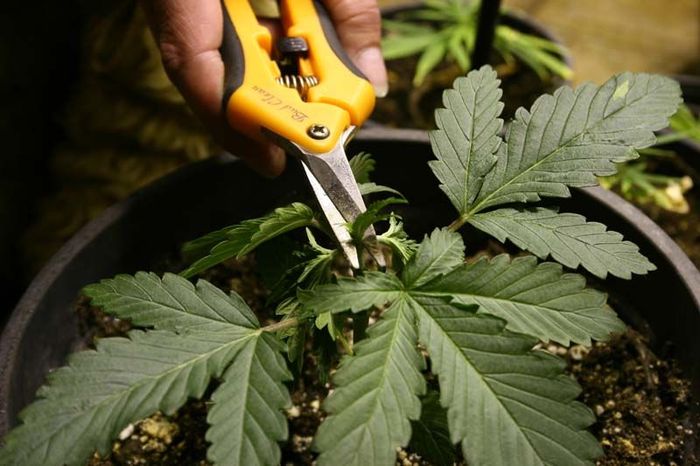
These methods work well with feminised and regular strains, but not with autoflowering strains, whose life cycle is not long enough for the plant to regenerate and results to materialise. We also recommend against pruning if you have sown your feminised or regular seeds later in the season as the plants won't have enough time to develop fully.
Trimming the lower branches of your cannabis plant
Pruning the lower branches of plants is very popular with cannabis growers. This technique allows to redirect the energy to the top of the plant and thus maximize the yield. As light has better access to the lower end of plants, the flowers are distributed more evenly around the branches making for a more uniform production.
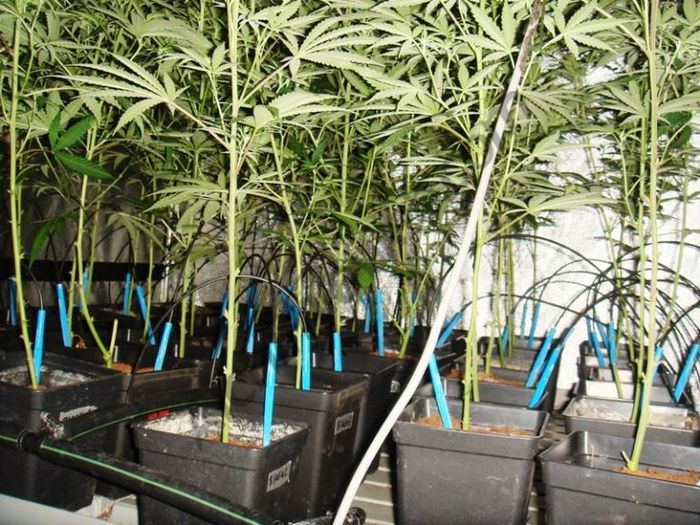
Topping your cannabis plants
Topping is another of the most commonly used training techniques amongst growers. Suitable for indoors and outdoors, it allows you to effectively control the size of your plants and to properly manage the space in the growing area – it can also come in handy if you want to keep a low profile outdoors. Topping involves the removal of the growing tip of your plant, normally with a pair of clean, sterilised scissors or cutter to prevent symptoms of stress and pests.
Make sure to use common sense when applying this technique, always respecting the growth cycle of the plant. The best time to go is when it is well formed but still has enough time to redirect the energy to the desired area, some 5 to 10 days before switching the photoperiod to 12/12 – just before the stretch. This way you will make sure there is enough time for the structure of the plant to change.
With this training technique, plant auxins are distributed evenly on secondary branches along with bud production, increasing both the growth and the yield. Topping is also used by many growers for mother plant care.
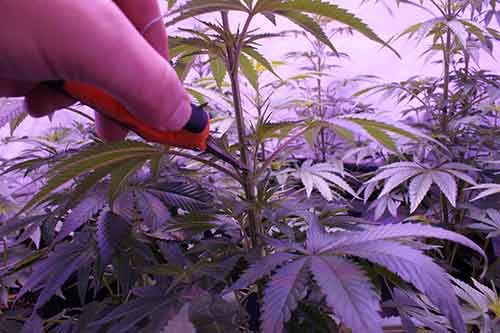
Fimming your cannabis plants
FIM stands for "fuck I missed" and is a technique that developed from the mistakes growers made when topping. Just like topping, fimming encourages bushy growth and increased lateral and upper branching.
This pruning technique consists of cutting the head of tips instead of the entire branch. You should cut about 2/3 of new branches so that the remaining part regenerates and new heads shoot, eventually turning into flowers. The outcome will be a new pair of shoots at worst and five new pairs at best. And don't worry if the plant doesn't produce any new shoots, as this would simply turn your fimming into topping. As you can see, this is a completely safe technique and also a great option for mother plant care.
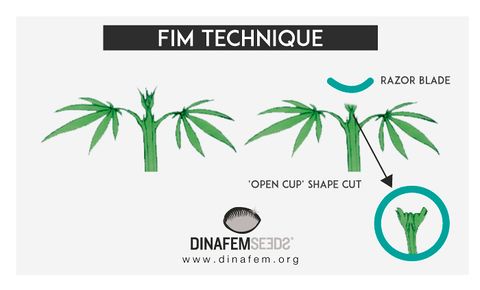
Super cropping your cannabis plants
Super cropping is getting increasingly popular with cannabis growers. It consists on slightly snapping the inner fibres of the tips of the main branches without completely severing them. You have to be particularly careful not to damage the outer tissue, as this could weaken the plant. A major fissure resulting from excessive bending could lead to the loss of the treated area, so arm yourself with some common sense and a good dose of patience. What you aim at with this method is to limit the vertical growth of the upper tips by forcing them to grow horizontally –once you bend them you will have to tie them down – while boosting the vertical growth of the lower branches. If properly applied, super cropping will result in uniform bud distribution and thus in significantly increased yields.
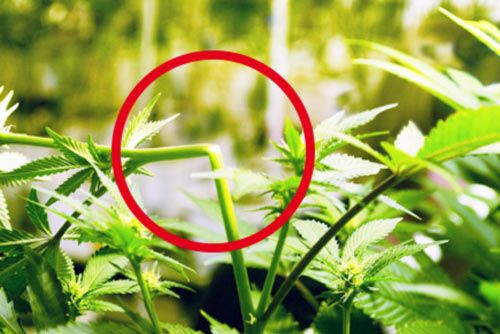
You can use this technique to maximise the yields and to handle tricky situations, for instance to limit the growth of a plant that is getting too close to the lamp and risks getting burned.



Comments from our readers
Read comments in other languages:
Did you like this post?
Your opinion about our seeds is very important to us and can help other users a lot (your email address won't be made public).